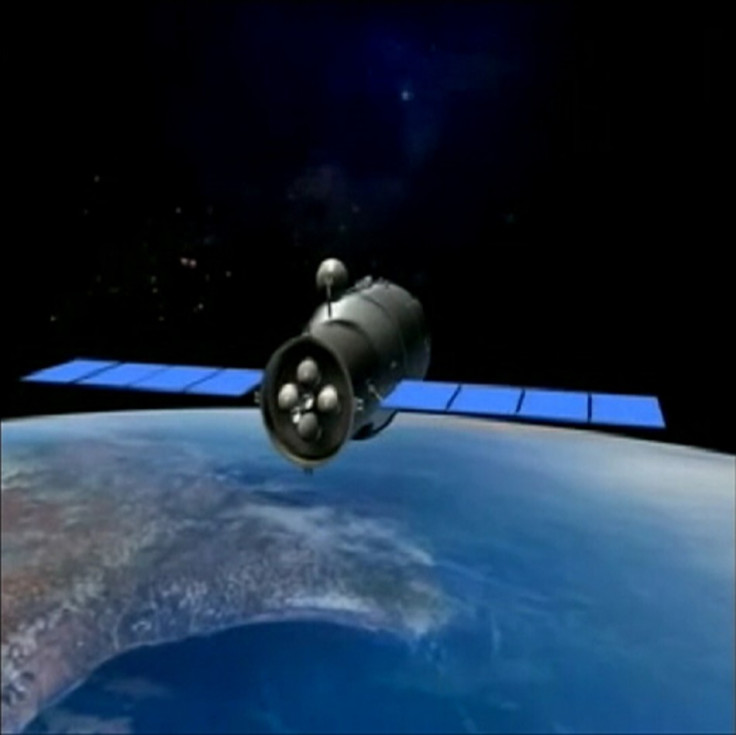China's space station could crash-land on Earth within months but no one knows where it will hit
The spacecraft has reportedly started falling at an accelerated rate after reaching the denser regions of the Earth's atmosphere.
China's first space station, Tiangong-1 – also known as the "Heavenly Palace", which was launched in 2011 is now out of control and plummeting towards the Earth. The space laboratory is reportedly expected to crash-land on Earth within the next few months.
However, no one knows where the space lab may hit as it is nearly impossible for experts to predict that even a few days ahead of the spacecraft's crash-landing.
Although most of the nearly nine-tonne, 40-foot space lab will likely burn up during re-entry into the Earth's atmosphere, chunks of the spacecraft weighing approximately 100kg could land anywhere on our planet's surface.
In recent months, the spacecraft has reportedly begun falling at accelerated speeds after reaching the denser regions of the Earth's atmosphere.
Renowned Harvard University astrophysicist Jonathan McDowell told The Guardian that the spacecraft's current altitude is "below 300km" and that Tiangong-1's "rate of decay is getting higher". The Kármán line considered to be the official border between Earth and space is at 100km.
"I expect it will come down a few months from now – late 2017 or early 2018," McDowell said.
Chinese engineers lost contact with Tiangong-1 last year and China's space agency has since notified the UN that it expects the spacecraft to strike Earth between October 2017 and April 2018.

Although China said that it would monitor the spacecraft's descent and alert the UN when it begins its final death plunge, according to McDowell, there is no way to predict where the space lab might crash, given how even slight changes in atmospheric conditions could shift the spacecraft's landing site "from one continent to the next".
Fortunately, however, Tiangong-1's reunion with our planet is unlikely to pose any serious danger. There have been several instances in the past where uncontrolled spacecrafts of larger sizes have made re-entry without causing any injuries to people.
In 1991, the 20-tonne Russian space station Salyut 7 crashed in Argentina, causing a brilliant light show but with limited debris. In 1979, Nasa's giant 77-tonne Skylab space station plunged to Earth in an uncontrolled descent and crashed over Western Australia. Nasa was later fined by Australia for littering.
Click here to track Tiangong-1's orbit on the live satellite-tracking website N2YO.






